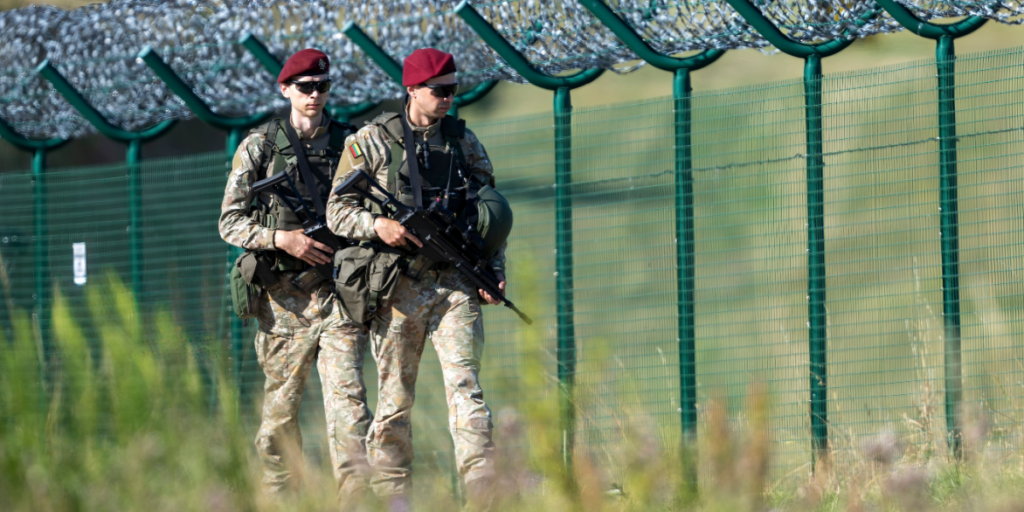Across Europe, recent months have seen a string of Russian military flights, drone incursions and tactical drills edging close to NATO territory.
Others are reading now
These episodes, viewed by several governments as deliberate pressure tactics, have steadily heightened unease from Scandinavia to the Balkans.
The latest operation, carried out near an EU frontier, has revived concerns about Moscow’s intentions in one of the continent’s most fragile security zones.
Border drills
Russia’s Baltic Fleet said its special forces executed a new airborne exercise in the Kaliningrad region, directly adjacent to Lithuania, an EU member state.
Fleet officials reported that paratroopers jumped from a Mi-8 helicopter using Malva and Arbalet steerable parachute systems.
Once on the ground, the unit trained in capturing enemy personnel, conducting reconnaissance patrols and disabling hostile communications.
Also read
Groups of up to 20 soldiers parachuted from roughly 800 meters while fully equipped with weapons and additional gear.
Tactical rehearsal
According to the fleet’s press office, night-vision scopes and helicopter-type drones supported the exercise.
Moscow described the event as routine, but its proximity to NATO territory has renewed anxiety among Western analysts.
European intelligence agencies have repeatedly cautioned that Russia could be experimenting with hybrid scenarios similar to its 2014 operation in Crimea.
Germany’s Federal Intelligence Service (BND) warned this summer that Moscow might attempt to deploy unmarked forces to seize border towns under the guise of defending Russian-speaking communities.
Western warnings
Also read
Danish intelligence assessed in February that Russia could regain sufficient strength to launch a major conflict in Europe within five years.
NATO Secretary-General Mark Rutte echoed that view in June, saying the Alliance must be prepared for a potential Russian strike within that timeframe.
France’s army chief, General Fabien Mandon, added in October that French forces must be ready for a possible confrontation with Moscow in the next three to four years.
These warnings accompany Russia’s continued expansion of military infrastructure along its borders with Finland and the Baltic region, including updated rail links and new defensive lines.
Rising rhetoric
Western intelligence services consider the reconstituted Leningrad Military District — brought back in early 2024 — a central platform for any future standoff with NATO.
Also read
At the same time, Russian political leaders have sharpened their language toward neighboring EU states.
In October, State Duma Chairman Vyacheslav Volodin said it was necessary to “protect the Russian-speaking population” of the Baltic region from “humiliation and persecution,” and instructed lawmakers to develop measures to “calm down heated spirits.”
His comments followed Latvia’s decision to remove more than 800 Russian nationals who failed to pass mandatory language exams.
Baltic response
Regional governments have accelerated civil-defense planning in response to Moscow’s intensified military posture.
Reuters reported in October that Lithuania, Latvia and Estonia are preparing evacuation plans covering around 1.2 million people should a Russian attack occur.
Also read
The three nations aim to synchronize emergency systems and map out internal relocation routes
Officials argue that such preparations are essential given the frequency of Russian drills and border-region activity.
Sources: Reuters, Digi24.ro, BND statements, Danish intelligence reports, NATO public remarks.
This article is made and published by Kathrine Frich, who may have used AI in the preparation


